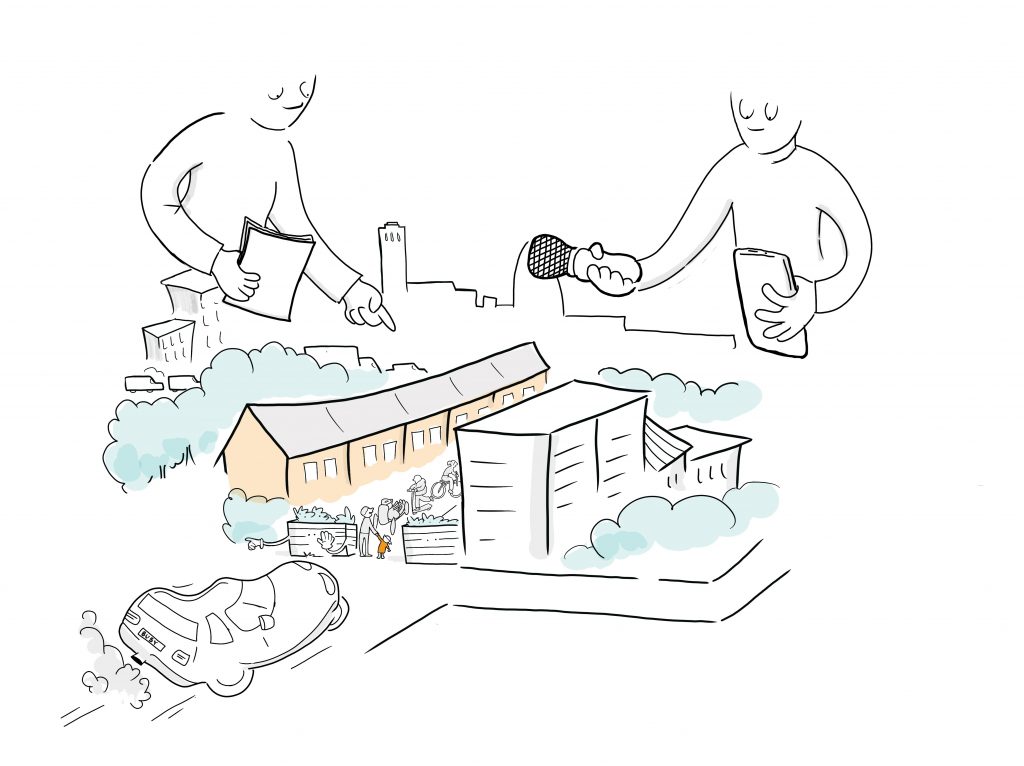Studying Low Traffic Neighbourhoods in London
by Rachel Aldred
The Active Travel Academy has several current projects related to low traffic neighbourhoods (LTNs). LTNs are known under a variety of names, and centrally involve removing through motor traffic from a contiguous set of neighbourhood streets. While a feature of past urban UK planning and current urban planning in cities from Barcelona to Gent, their use here as retrofit has become highly controversial in recent years. We felt it was crucial to gather high quality evidence on intended and unintended outcomes, ranging from the gender balance of people cycling and walking, to levels of congestion on ‘boundary’ roads, to road injuries.

Funded by the National Institute for Health and Care Research, one of our projects is now studying LTNs in six London boroughs in depth. We are using a range of methods, including machine learning sensors and Google API data on journey times, to collect comparable ‘before’ and ‘after’ data. This can be compared to changes in control areas for all quantitative outcomes, so we can correctly identify changes due to LTNs and distinguish them from other changes, like a rise in walking due to sunnier weather.
We’re also doing a lot of qualitative research for the project to explore people’s experiences and gather information that tells us something different to the numbers. For example, people may be walking more, but are they enjoying this? How does their walking experience change over time? Are there experiential differences that we can attribute to differences in the design of LTNs? The project is in partnership with the Disabled People’s Organisation Transport for All and with three other universities: Cambridge, LSHTM, and Imperial.
More information: press release about the study